Varanasi, India
December 19th – 21st 2010
One of the oldest cities in the world and one of the most popular destinations in India, Varanasi did not disappoint when it came to the topic of life and death, especially the latter. All Hindus try to come here to die so they can achieve “moksha”, basically the release from the never-ending cycle of reincarnation.
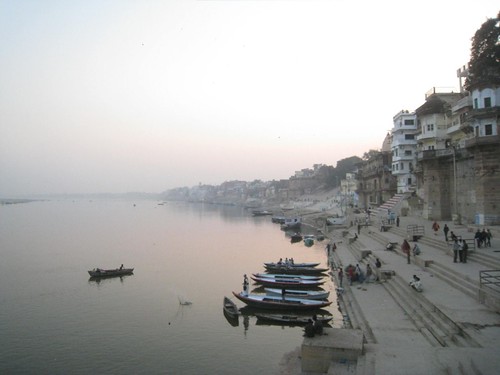

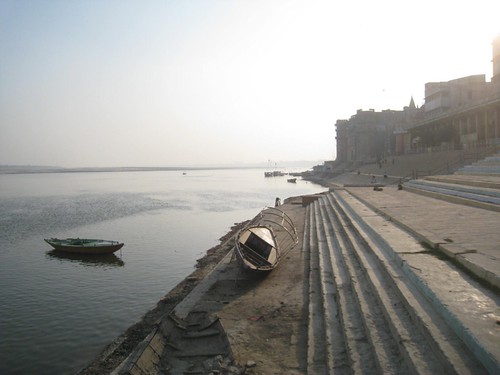
(The Ganges and the ghats.)
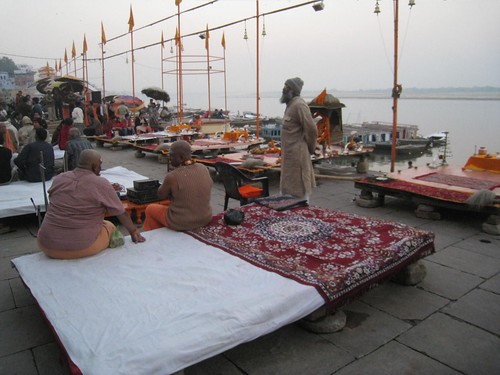
(Not sure what this is supposed to be…)

(Last one in is a rotten egg!)
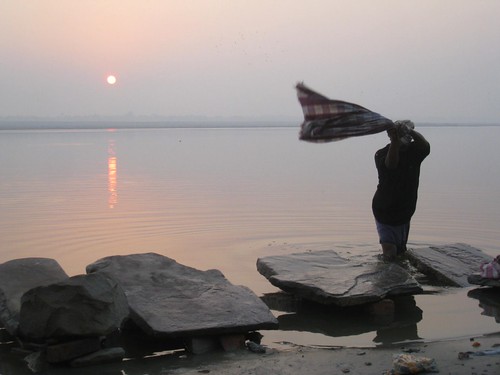
(Doing laundry at sundown.)
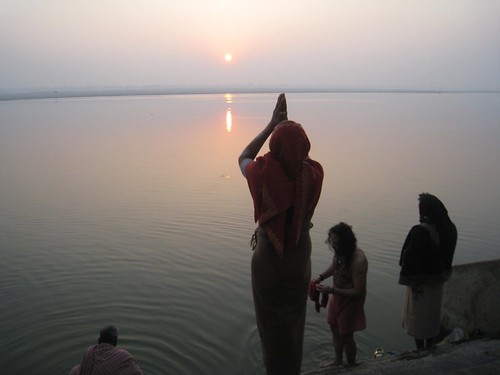
(You can’t help but get a sense of spirituality.)
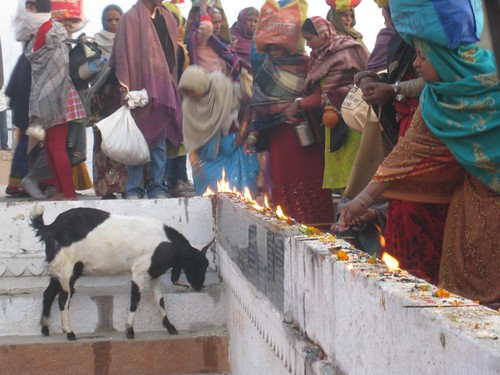
(The ghats at 6 am.)

(Temple dedicated to Durga, one of those blood-thirsty goddesses.)
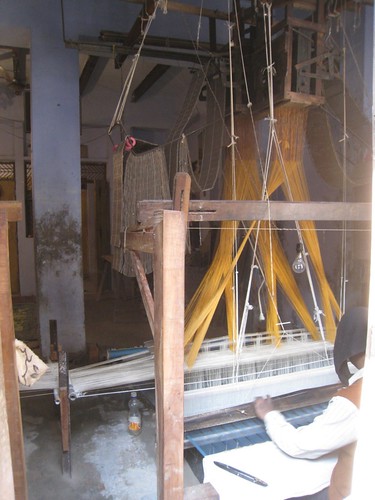
(Mughal-style hand-loomed craft.)
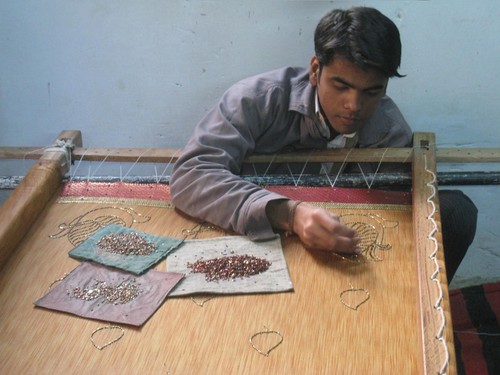
(Lots of detailed manual work involved.)
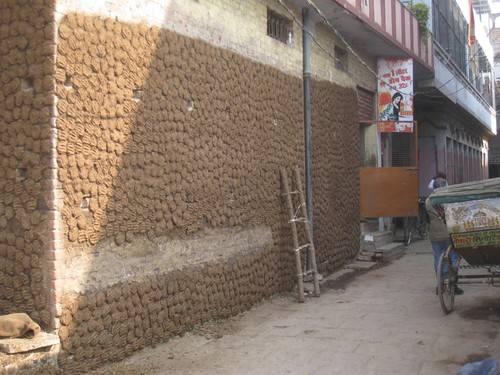
(Drying cow-dung patties on walls. They’ll be used for cooking fuel.)
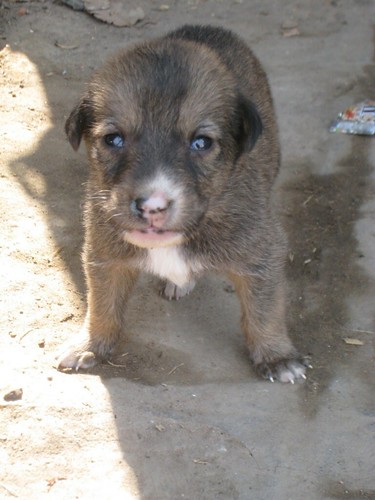
(Don’t mess with this little guy.)
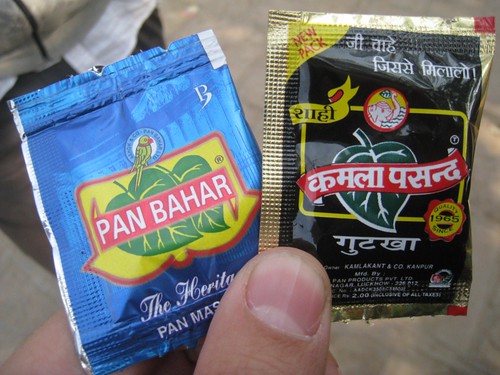
(Indian men LOVE this stuff. Produces red spit. And Indians love spitting.)
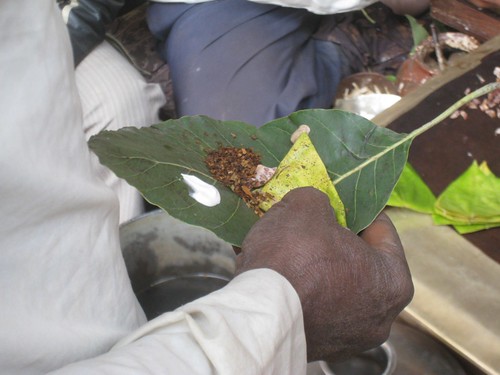
(Another popular chew that results in lots of spit.)
I spent a better part of my first day walking around and exploring the area around the main ghat beside the Ganges. The next morning, I took an early morning tour organized by my guesthouse, with just me and some German guy as the only participants. We were supposed to take a boat-ride on the Ganges to see the sunrise but because of the terrorist attack in Varanasi a few weeks back, it caused some route bans for the boatmen, who then went on strike, starting the day I arrived. So no boat-ride so instead, we sat on the steps at the ghats, sipping hot “chai” (tea) and watched the morning activities of locals, be it burning butter lamps at particular holy locations along the ghats, taking morning baths or doing laundry in the Ganges river. We then took an unimpressive tour of several temples in Varanasi but once you’ve visited as many temples in India as I have, nothing really stands out anymore.
The main attraction in the city, for me at least, were the ghats, especially the crematory ghats, where the dead are brought, wrapped in fancy-looking stuff, to be washed by the water of the Ganges, and then burned on wood for hours until they turn to ashes. Tino (the German guy) and I went to the Manakarnika Ghat and were met by a young kid, a tout in the making, who took us up to a spot which had great views of the whole area. Our guesthouse had warned us about these touts and the hospices which had “old and dying people” who would request donations to help out with their funeral costs. Supposedly, it was all a scam. Tino and I were wary of everything these touts were saying. The kid was telling us all about the processes involved in the burnings but was then replaced by an older “holy-man”, who looked very high, who repeated everything the kid said. I heard the phrase “Burning is learning. Cremation is education” at least 3 times. It was great to watch everything happening while the touts explained everything but after a while, I wanted to watch in peaceful silence and these touts wouldn’t shut up and they would hang onto you like leeches, waiting for a chance at the end to request “donations to the dying”, which they did. They even brought in a “dying” old man to ask for it, it was so lame. But luckily for us, we got off real cheap, at least a lot cheaper than I thought. The “holy man” and “dying old man” got off our backs and left but the 14-year old kid kept insisting we visit a silk shop he works for later which we declined and he got pissed off when the money we wanted to tip him was not enough. So we gave him nothing.
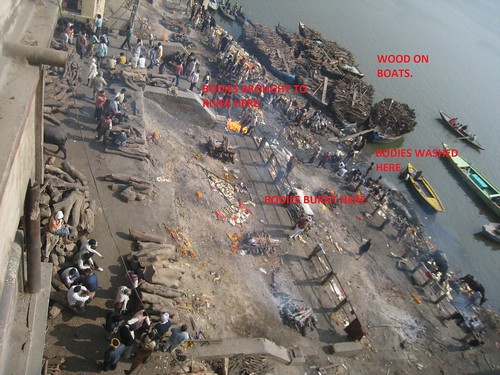
(The best I could do without being caught.)
Let me explain what I observed at Manakarnika. There are many people at the ghats; family and friends, onlookers, tourists, and those who work there (The “Untouchables” of the caste system, there are those who shift wood around on the bodies and there are those who stand in the water who help throw water on the bodies). There are big boats which had huge piles of different kinds of burning wood on them; some were the cheap kind, some were the more fragrant expensive kind which only the richer families could afford. There are smaller boats which ferried bodies of dead people who can’t be burned (holy men, pregnant women, kids, and lepers) to be thrown off in the middle of the Ganges. (Of course, they are wrapped up properly and weighted down although there are many pictures of bodies floating in the Ganges, a natural result of decomposing bodies which bloat and float up later.) There were several crematory spots in the compound and when a body finishes burning, they collect the ashes and then load up another body on it. Sometimes, the hip bone doesn’t burn so they pick it up but I forgot what they do with it. Wood is expensive so the rich can afford to have enough wood to cover up the bodies but I saw a body which was uncovered and had only a little wood on it being burnt. It’s a bit weird to see a person transform from flesh to ashes.
On average, about 600 people die a day and are brought here to be burned, rain or shine. I asked the “holy man” how they could burn bodies in the rain and he said that the bodies were rubbed in fat and oils which allowed the burning. Plus, the fire, which legend has it came from Shiva (god of destruction), is ever-burning and the original flame from 2000 years ago (or whatever it was) has never burnt out since.
Photography is not allowed at the crematory ghats (even having a camera out can get you in trouble as I’ve seen tourists get into massive arguments with locals and got chased away) and with all the touts hanging around us, we didn’t have a chance to sneak any shots in. Since I know the area a bit better now, I decided to return the next day to take a few sneaky shots. I got near the viewing location from the previous day before a few touts, like predatory sharks, sniffed me out and came to me to bring me around but I had to fend them off pretty hard. I somehow managed to get to the viewing location and was relieved to see some tourists up there as well, occupying the attentions of the touts with them. Luckily, the touts left with the tourists, leaving me alone. I took out my camera and got off a few quick shots before I thought I heard someone from below call out to me for having a camera visible so I quickly got out of there and got back into the mazy back alleys. Mission accomplished.
Random Shots:
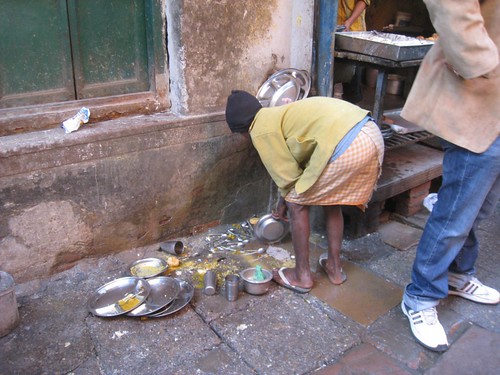
(Want to know why sometimes I’m scared of eating in India? This is how some places do dishes.)
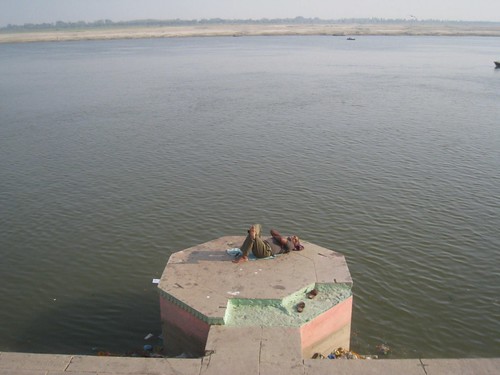
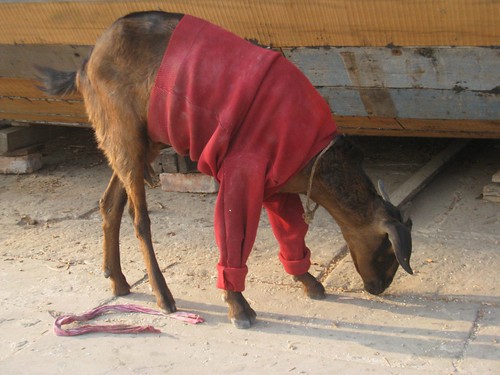
(More goat couture. Lots of them around. Maybe Macy’s was having a sale.)
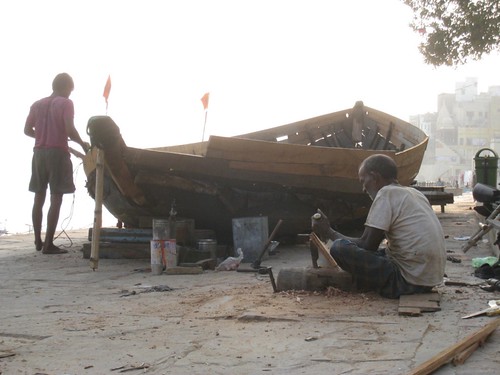
(Boat-maker hard at work.)
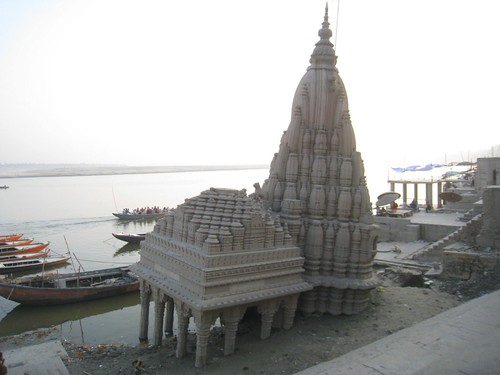
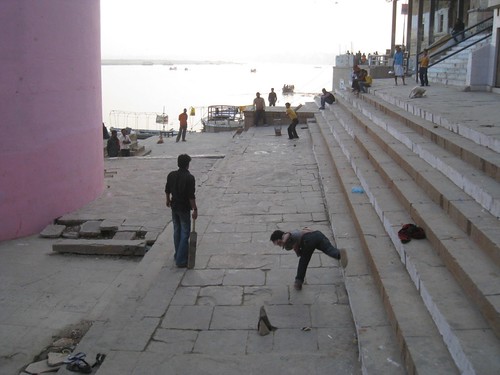
(A game of cricket.)
thanks for the prayer flags ken! happy new years!
Your welcome. Happy New Year’s man.